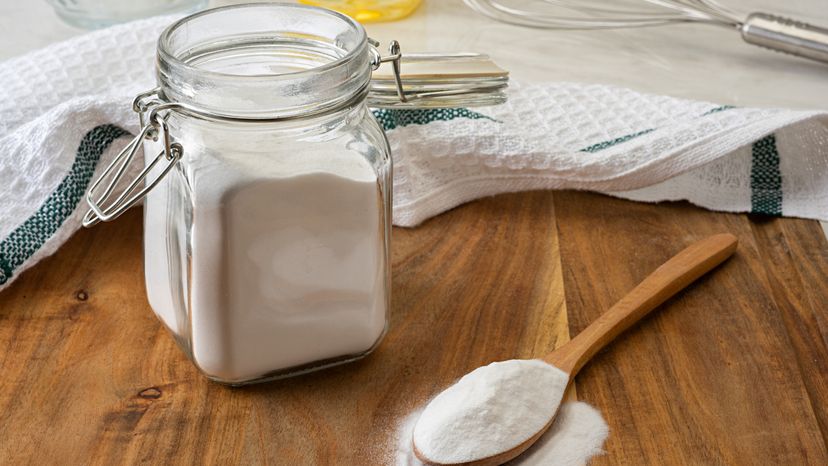
Baking soda can safely tackle kitchen jobs above and beyond the legendary box at the back of the refrigerator. Once you discover the versatility of baking soda, you'll do away with all those cleaners under your sink, and you'll never use oven spray again.
Baking soda does so many things in the kitchen that you might be surprised about the kinds of duties it can perform. In fact, a simple homemade concoction can replace most of the commercial cleaners you probably have on your shelf.
Advertisement
To make a general purpose cleaner with baking soda, you'll only need:
- 1 tsp borax
- 1 tsp baking soda
- 2 tsp vinegar or lemon juice
- 1/4 tsp liquid dish soap
- 2 cups hot water
Be sure to wear rubber gloves when working with this mixture. Mix and store in a squirt or spray bottle.
Now, we'll examine the numerous ways baking soda can be used in the kitchen, besides cooking:


